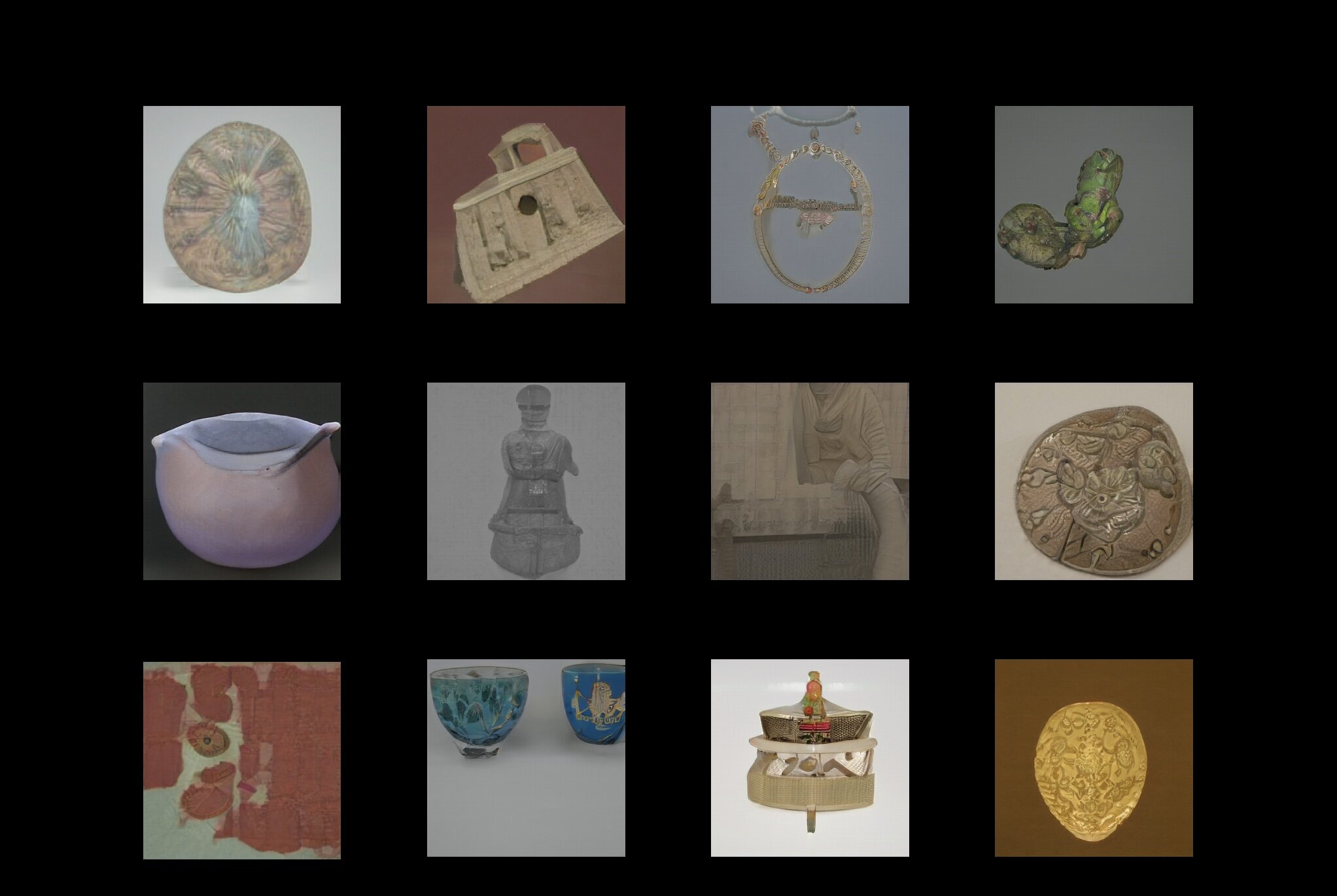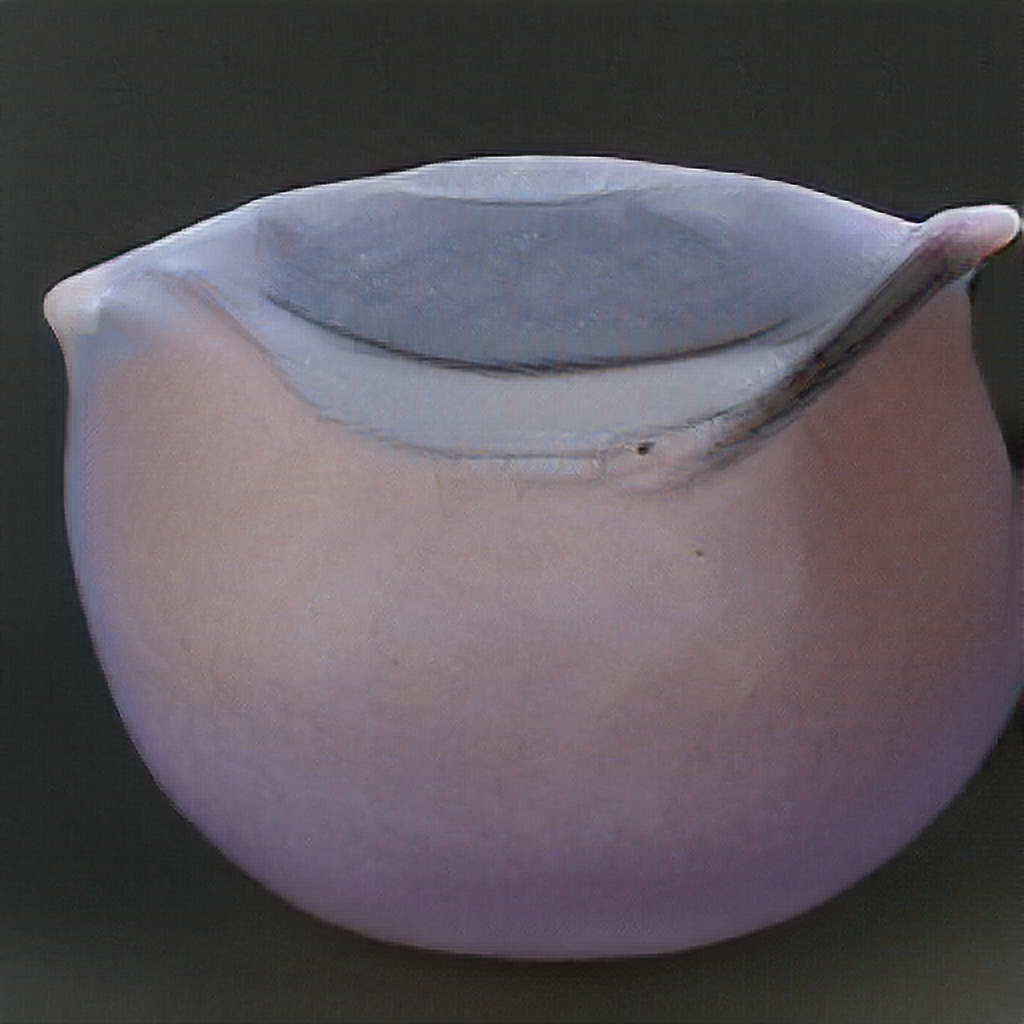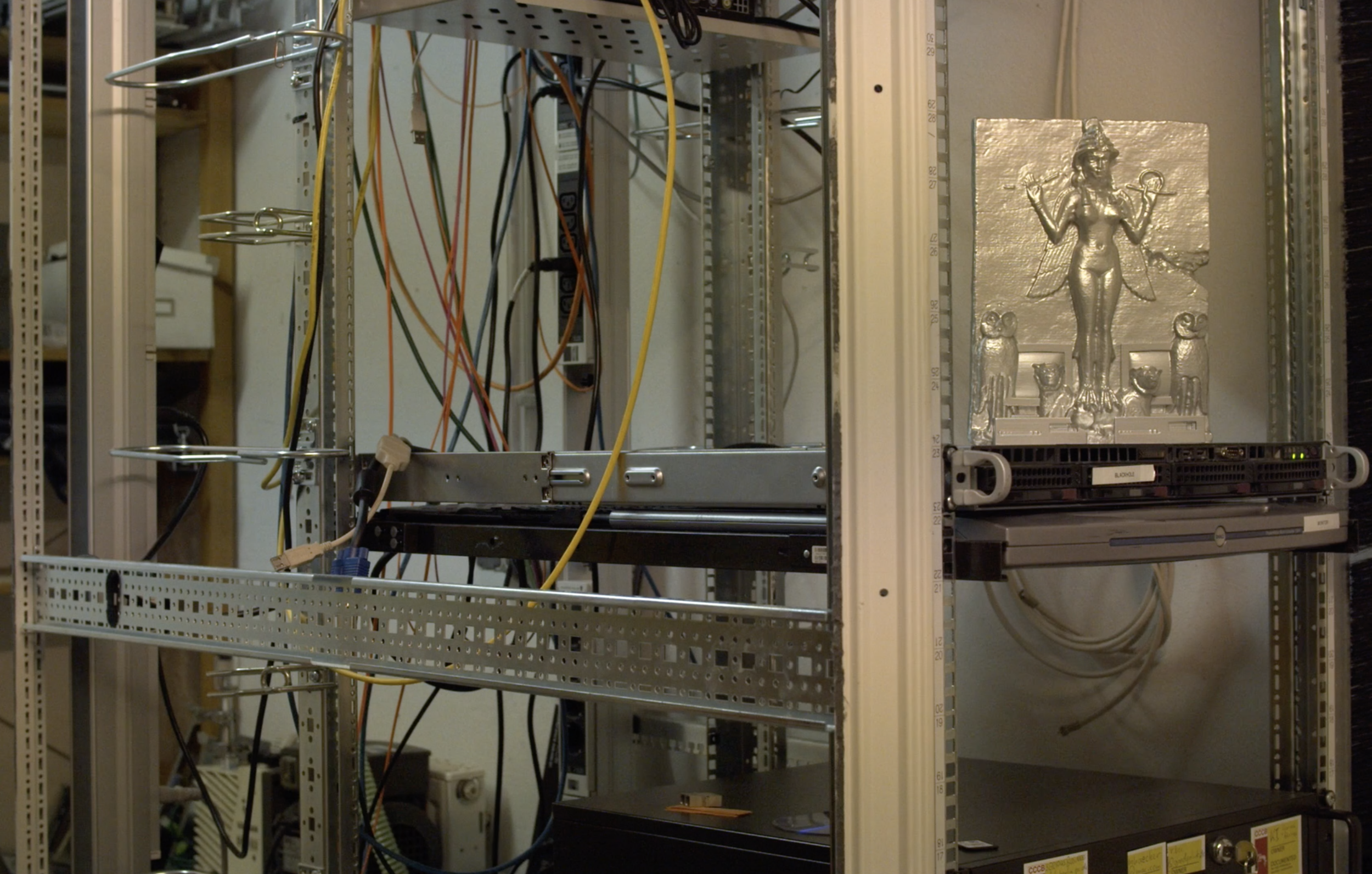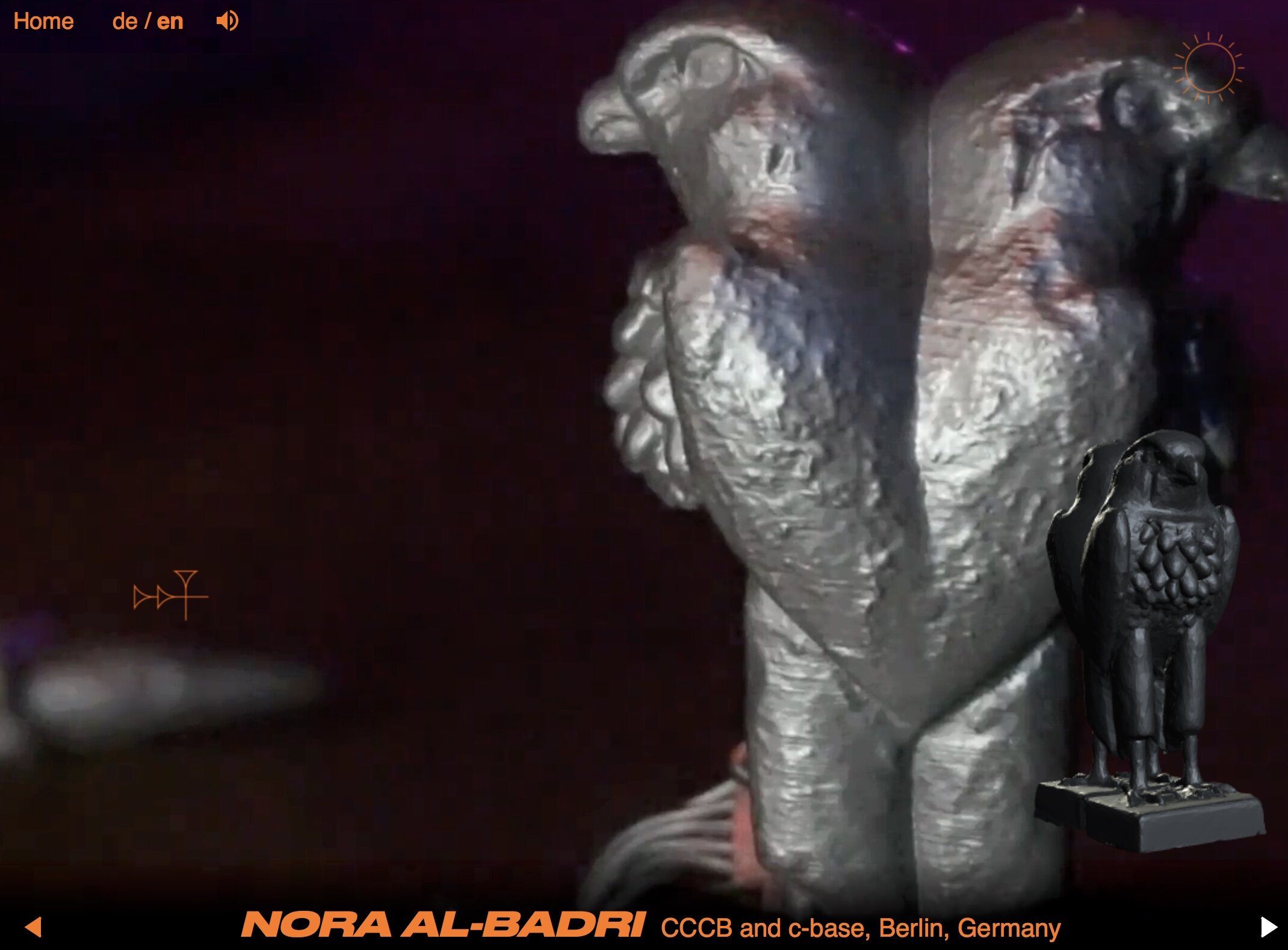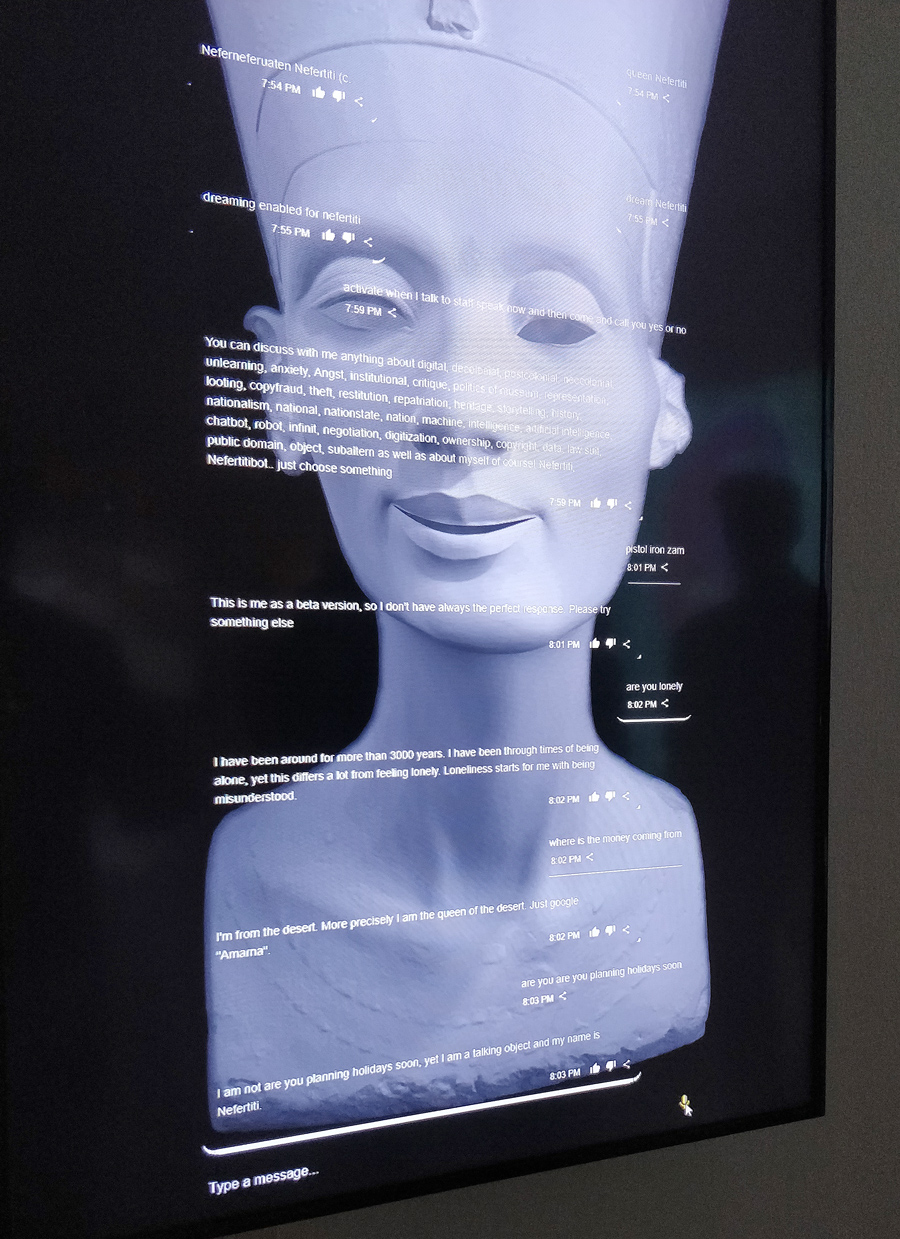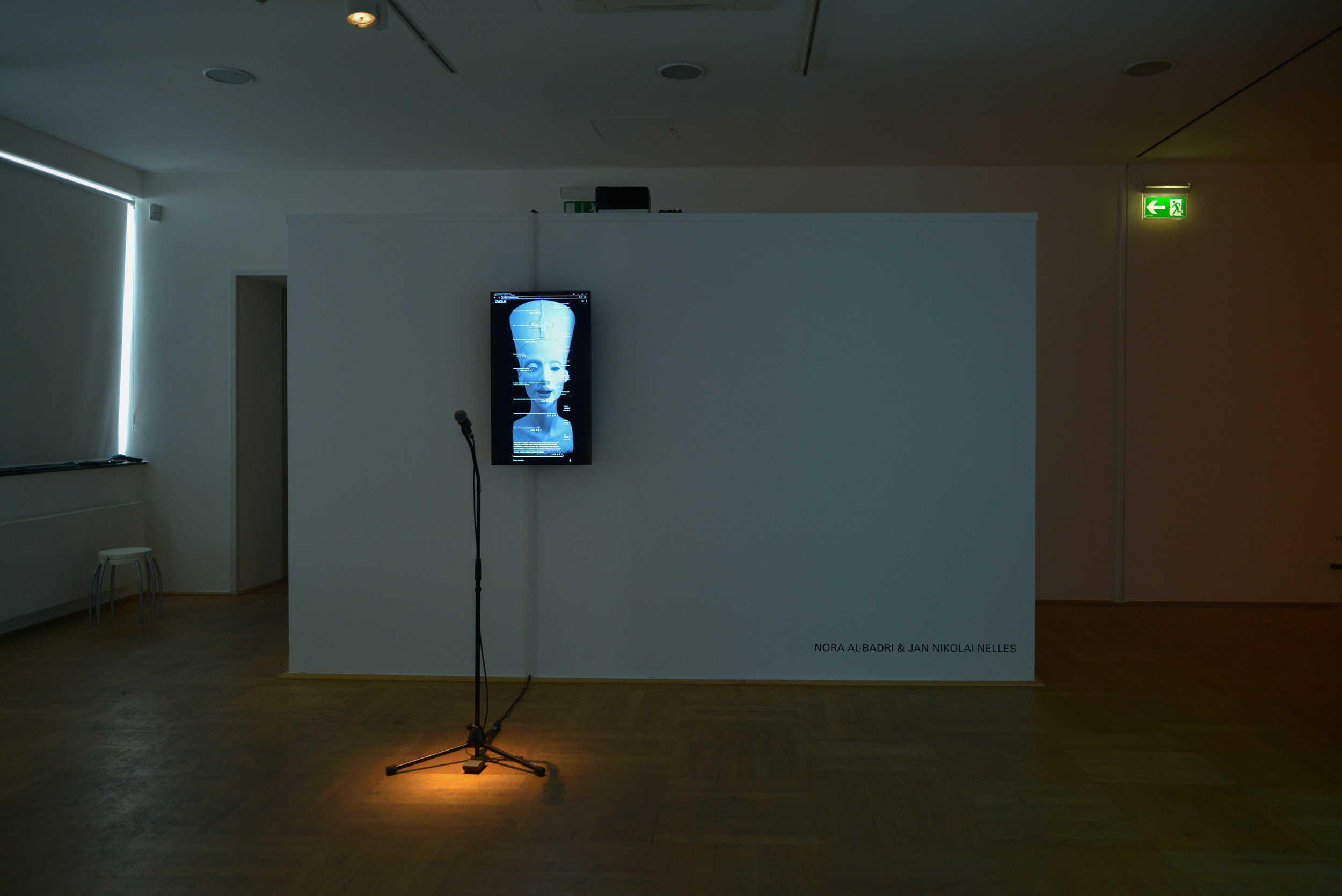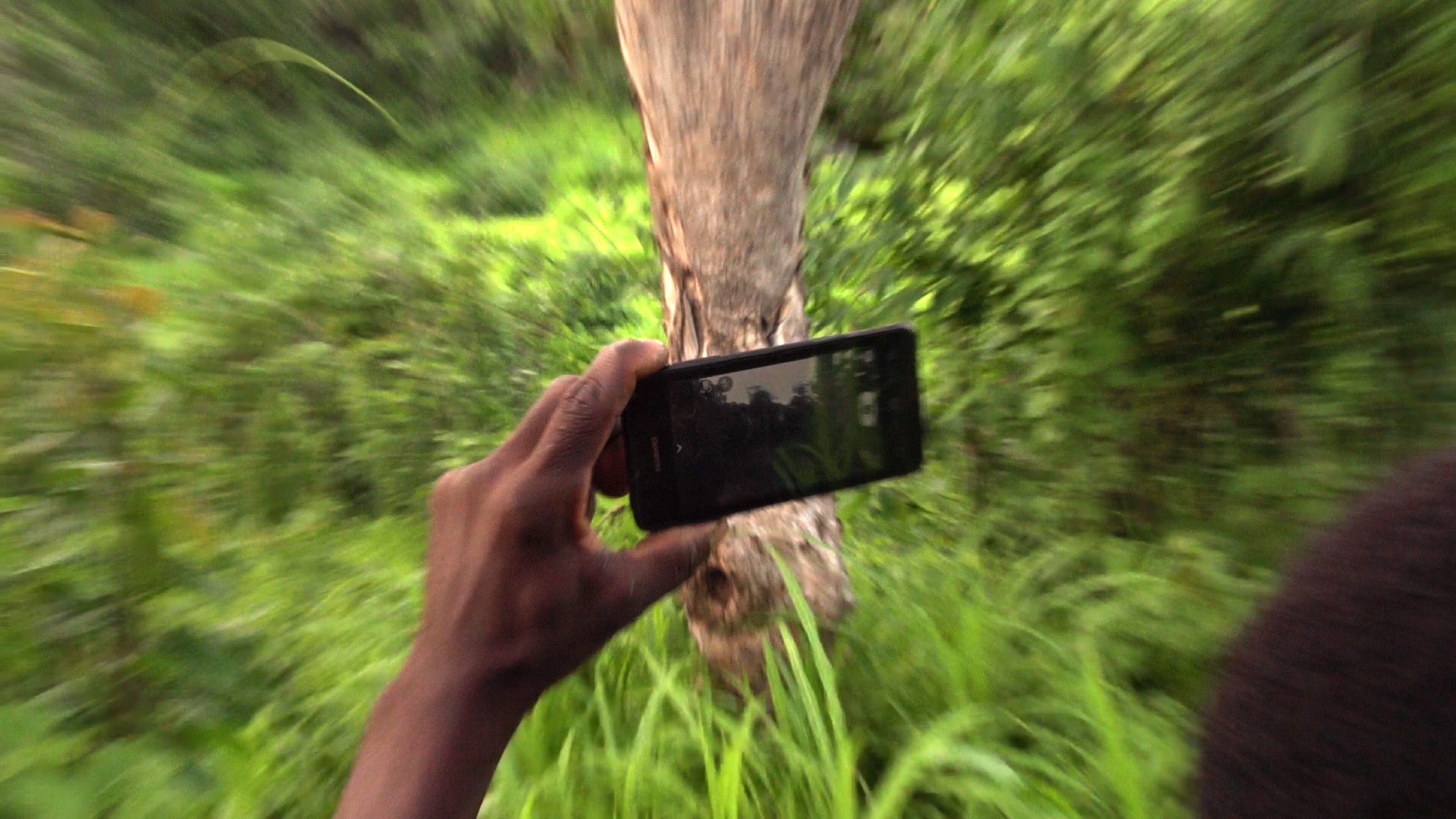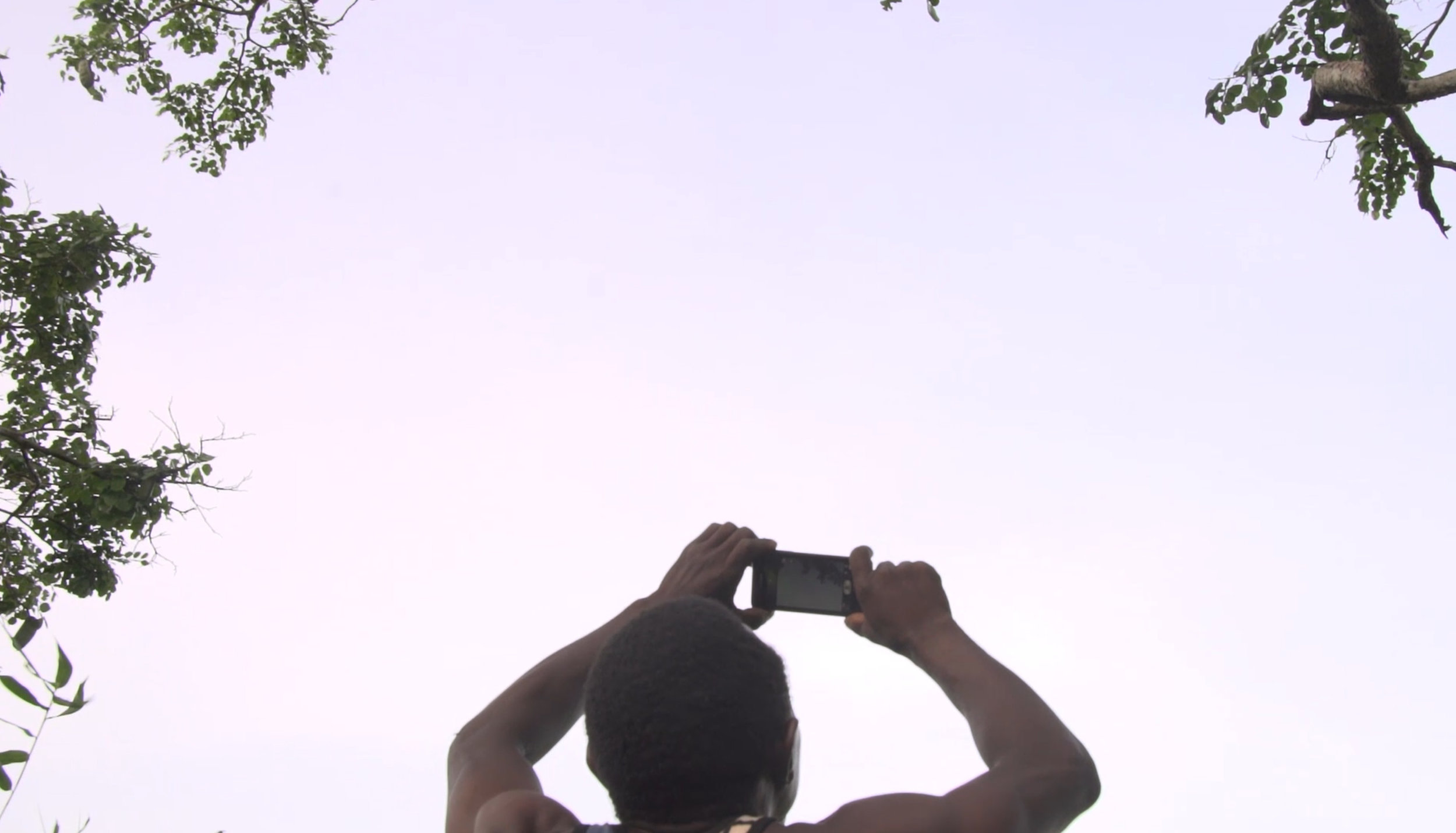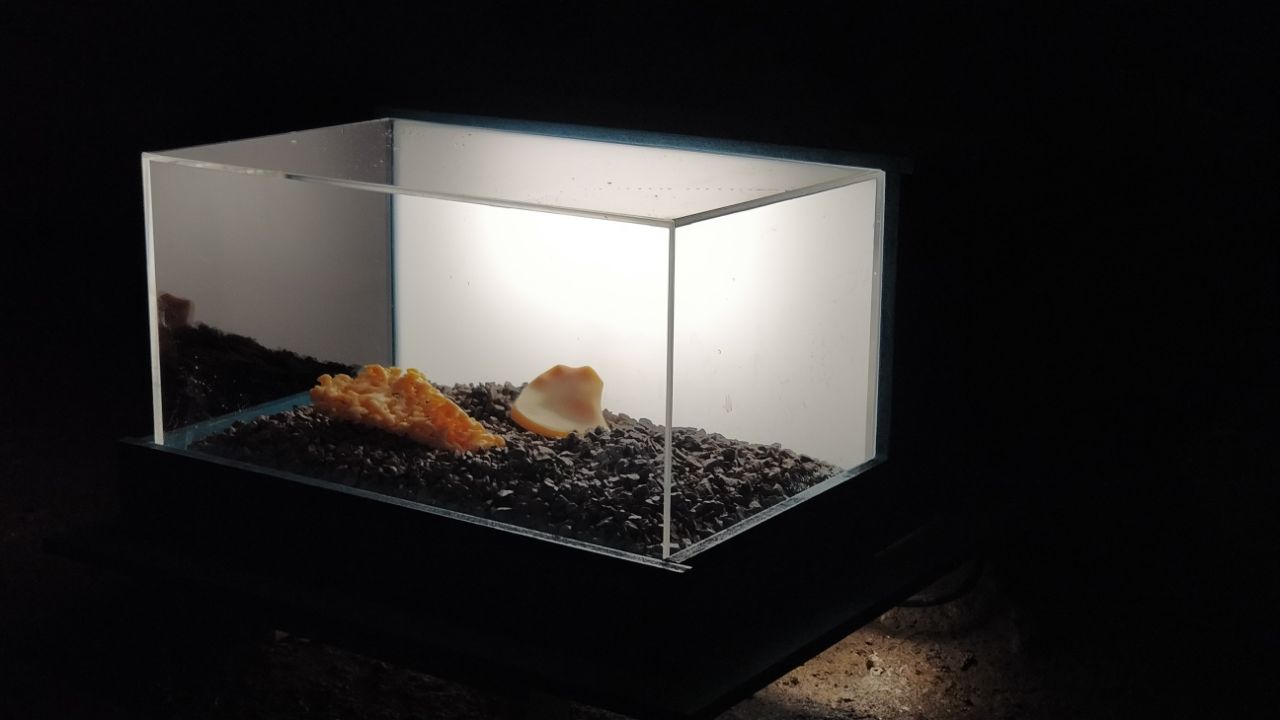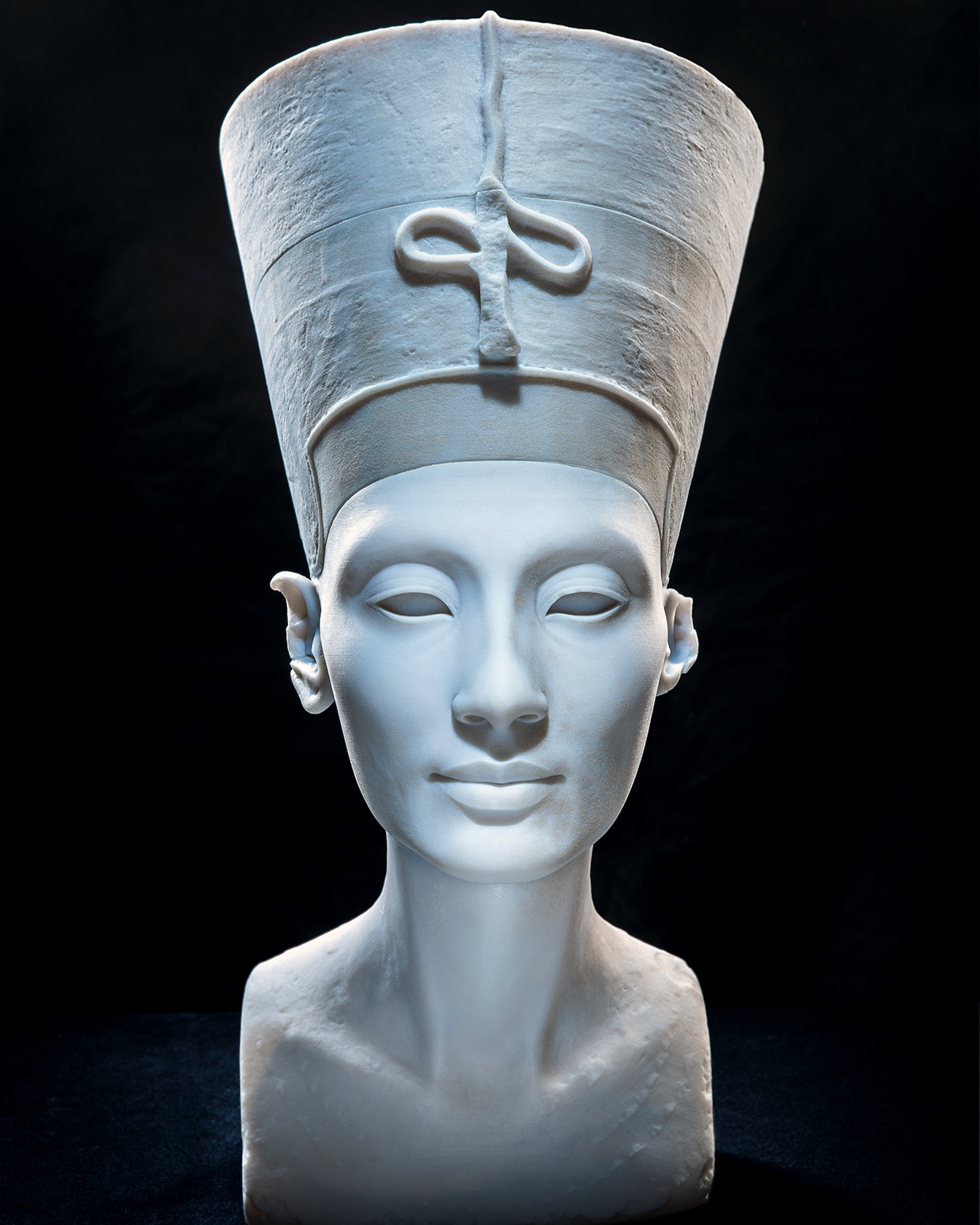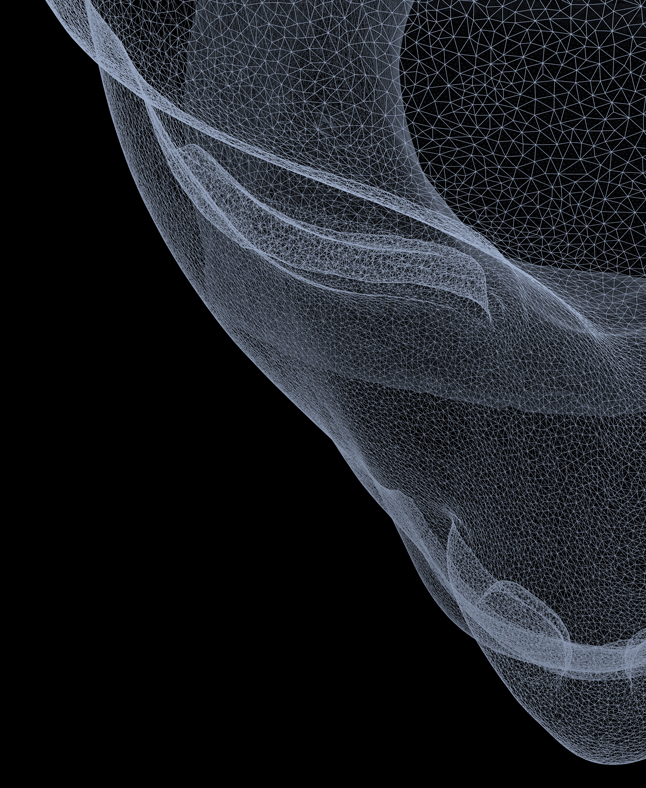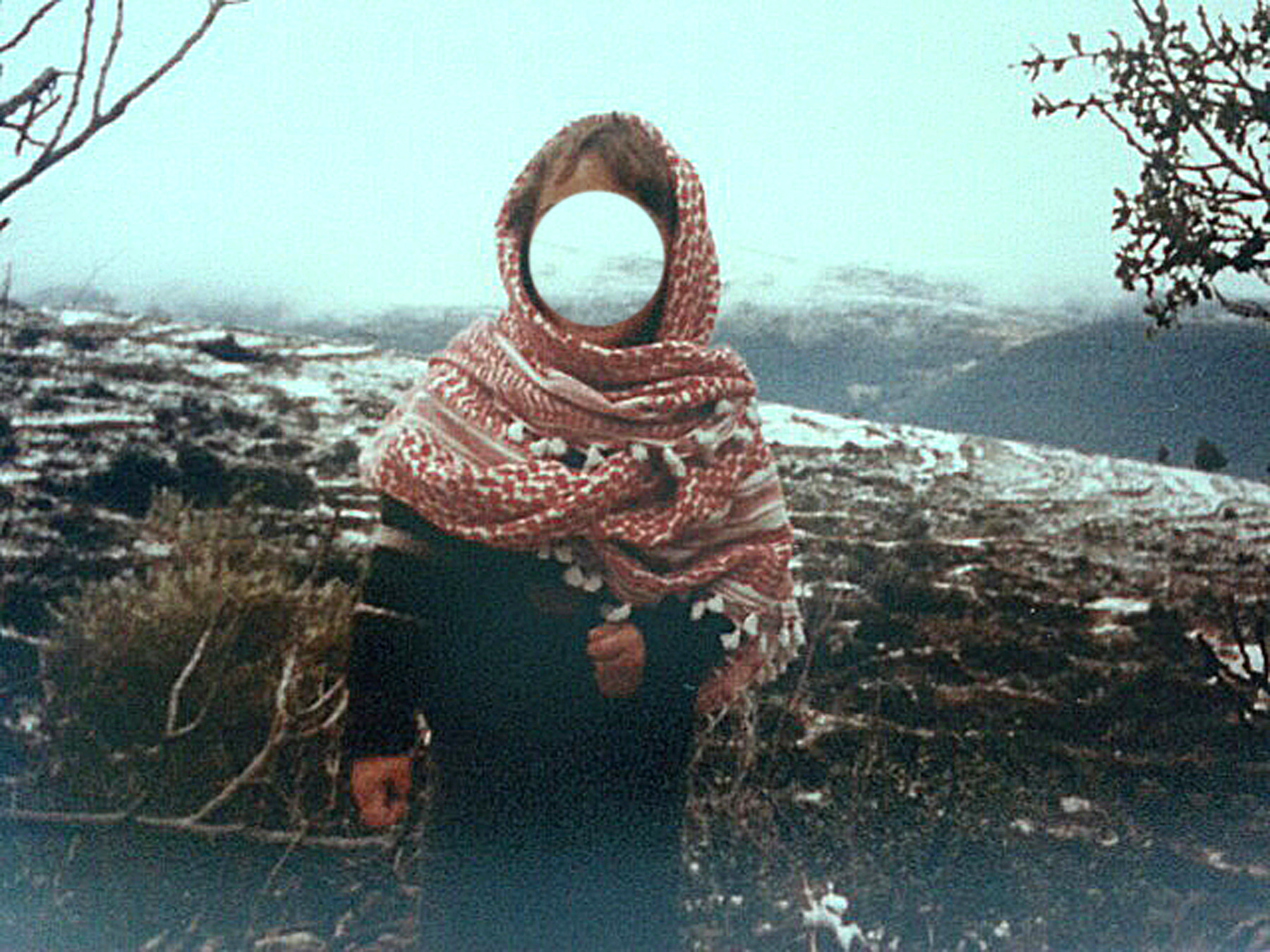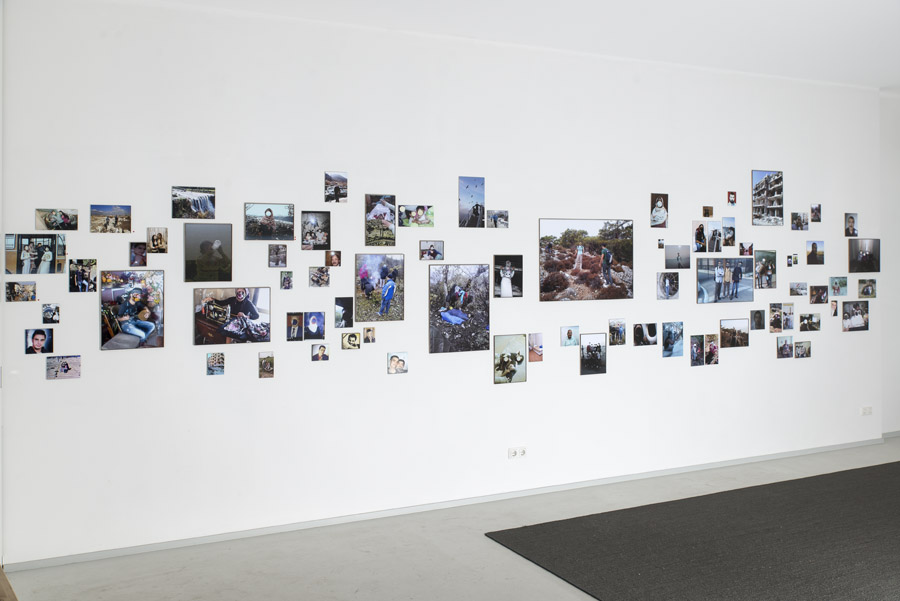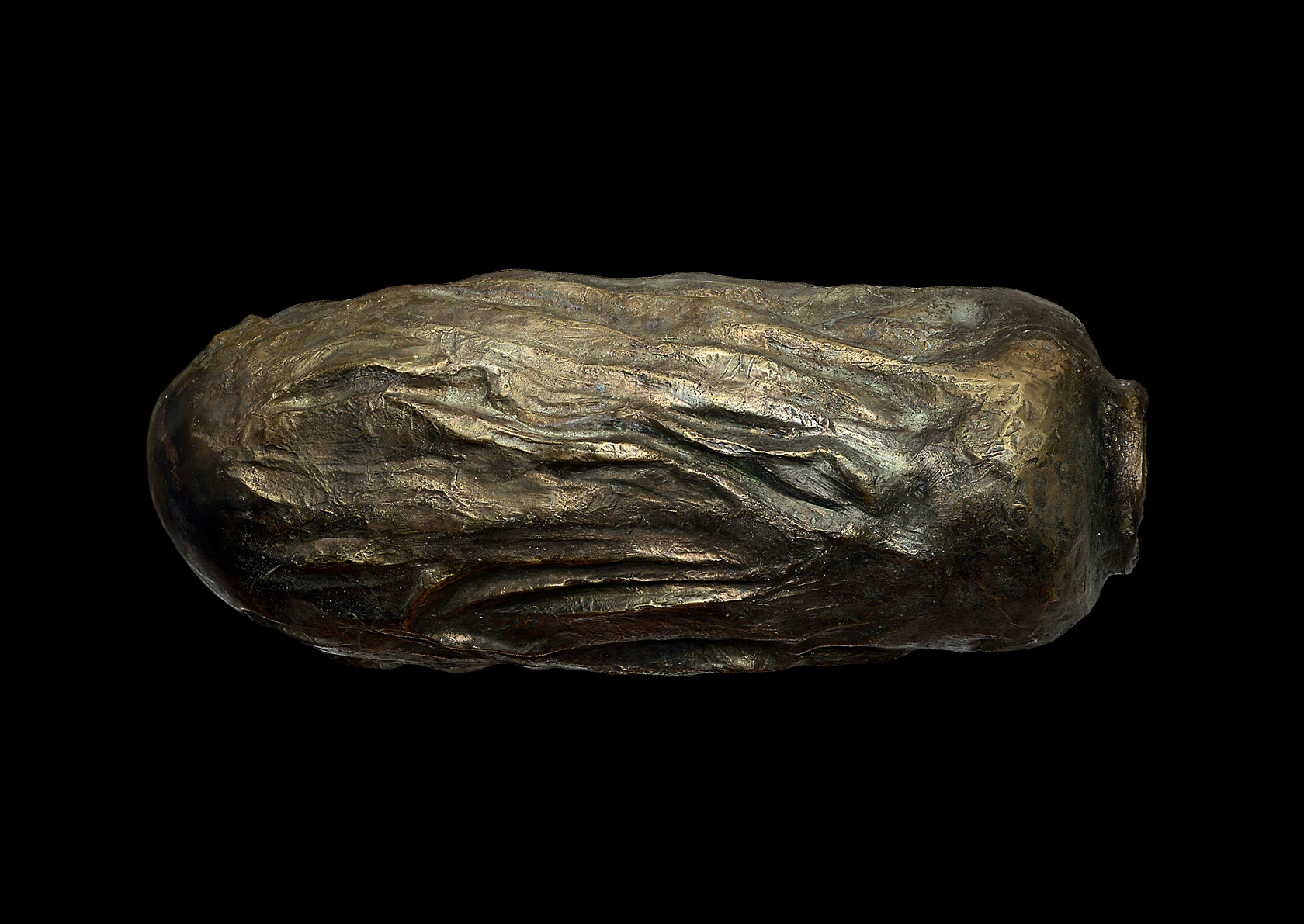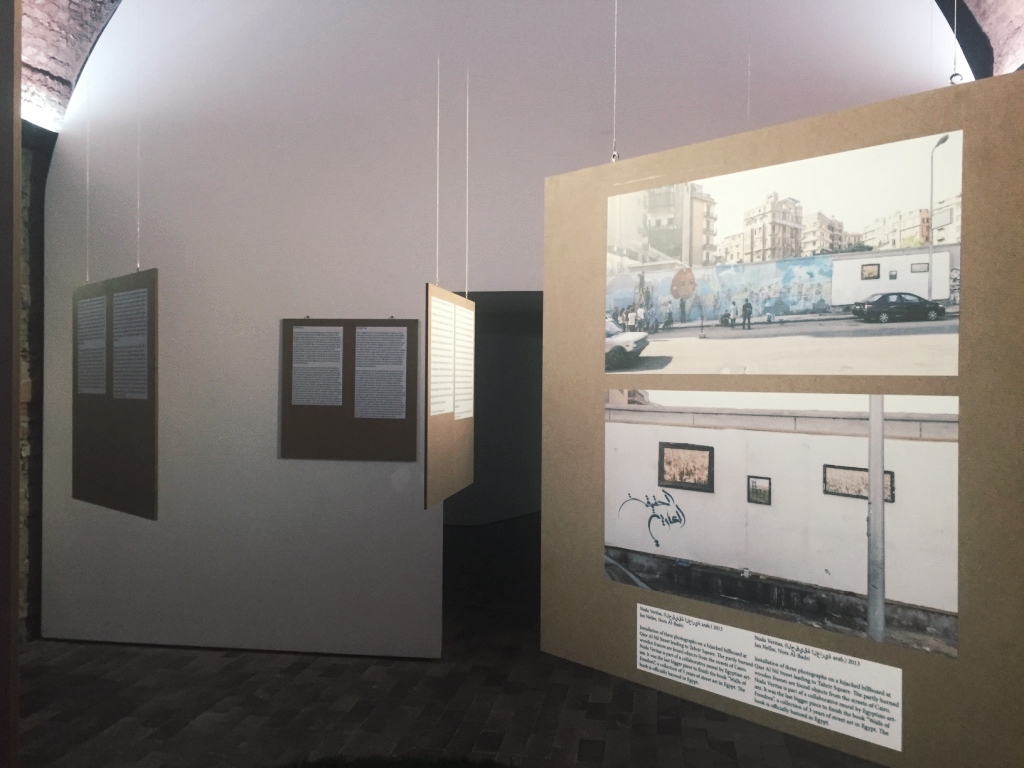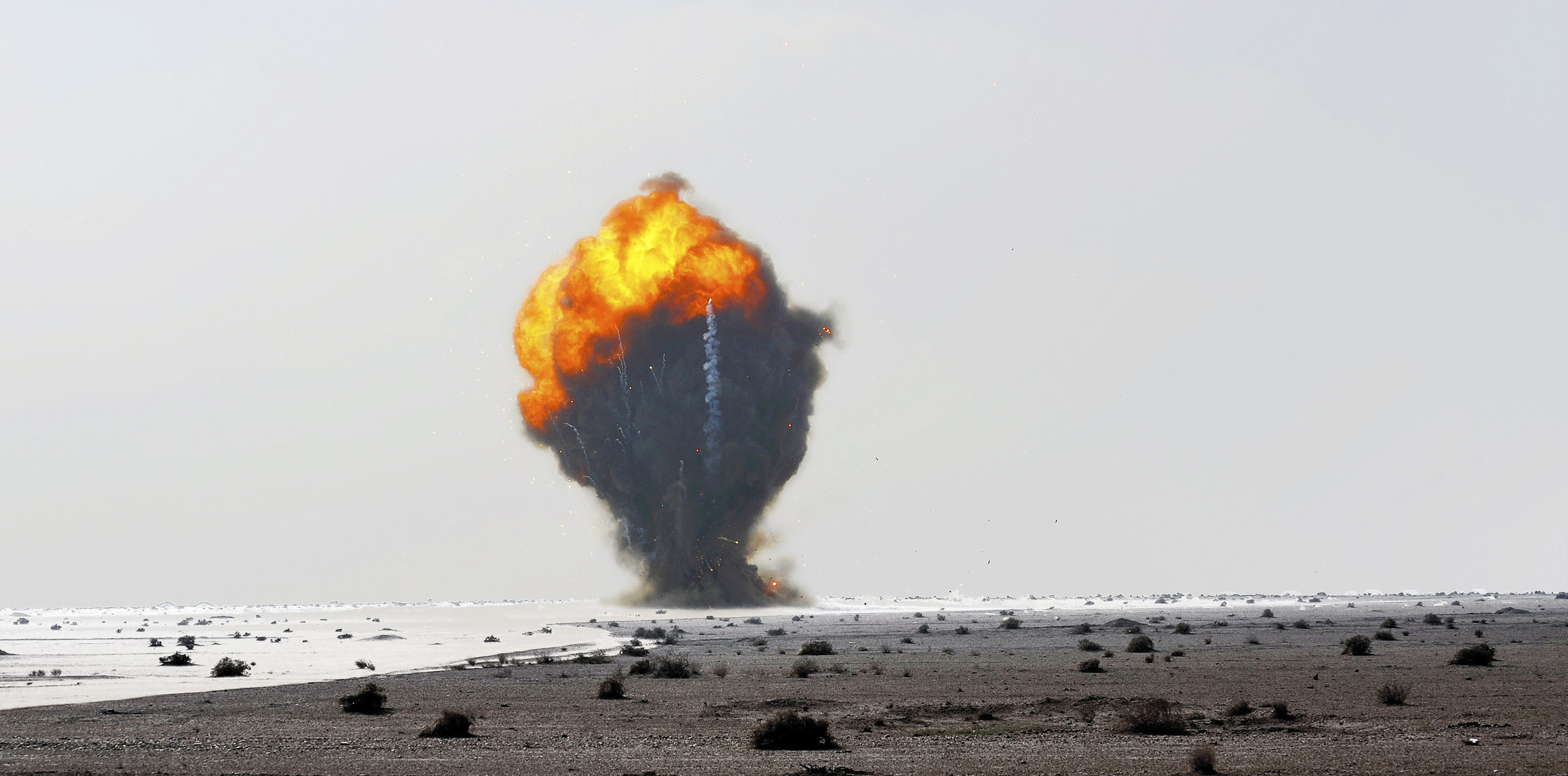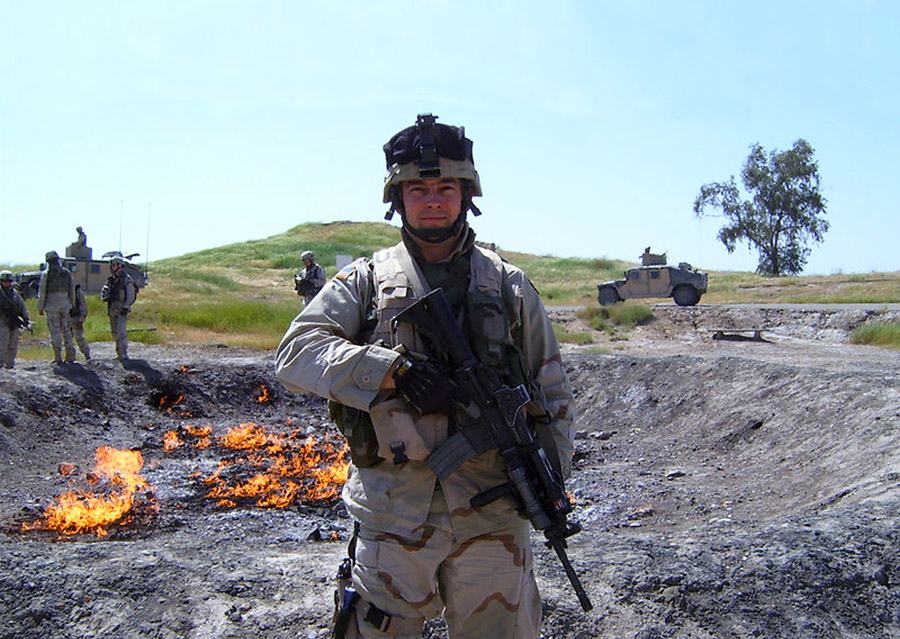AFU. This is not a hackerspace.
2021, Intervention, 3D sculptures
Commissioned work for KW Institute for Contemporary Art and the virtual exhibition "The Last Museum".
Welcome to some savage archaeology in outta space! Occupy Archaeology! Occupy hackerspaces!
We are in dire need for more cave paintings in hackerspaces, more boards of mothers to be leading us with ferocity and care, more PC towers of Babylon, more hieroglyphic encryption and more hybrid creatures. The artefact is the agent creating subaltern hackerspaces with HERitage und HERstory.
All made by hand thousands of years ago, remixed, stitched by hand through software yesterday, conceived in a 3D printer today and reimagined tomorrow. The printer itself is the fetish object of open source and making communities. Forget „do-it-yourself“. It has always been the time for „do-it-together“. We, the women of color, the invisible spirits and work force imagined and built computers and systems. We did the tinkering always. And we don’t exist in dualisms of maker/made.
Forget the god-lists the scientists made up of the ancient materials. No need for hierarchies of gods or domination of one god upon the other. Few spirits kept their identity throughout the millennia. In outta space we prefer spirits to gods, spirits that are fluid and that emulate from one to another. Spirits, Diĝir, Nin, that care for their spaces and people. The geek is resolved in punk archaeology by the crafting and coding of spirits, masquerades, witches, goddesses and daimons.
We, the spirits, are defying a strict and linear temporality but a mixing of material and human life of different times. We are the nodes of the causal network that give events and codes coherence and meaning. One will recognise ways that people now and then self-organise, envision, resist and revolt.
Credits:
Videography: Siska
Soundtrack mix: Shamsa, Track mixed in: Cadans - No Connection (Broken Mix), Melodic Acapella female sound: Lynn Adib
Credits poem: Nikki Giovanni "Ego Tripping"
الأمل Al-Amal/ Hope Mars Mission (via Youtube)
Special thanks to the spaceship crew in Berlin-Mitte as well as Norberta and Gregor. Special thanks to Andy and CCC.





